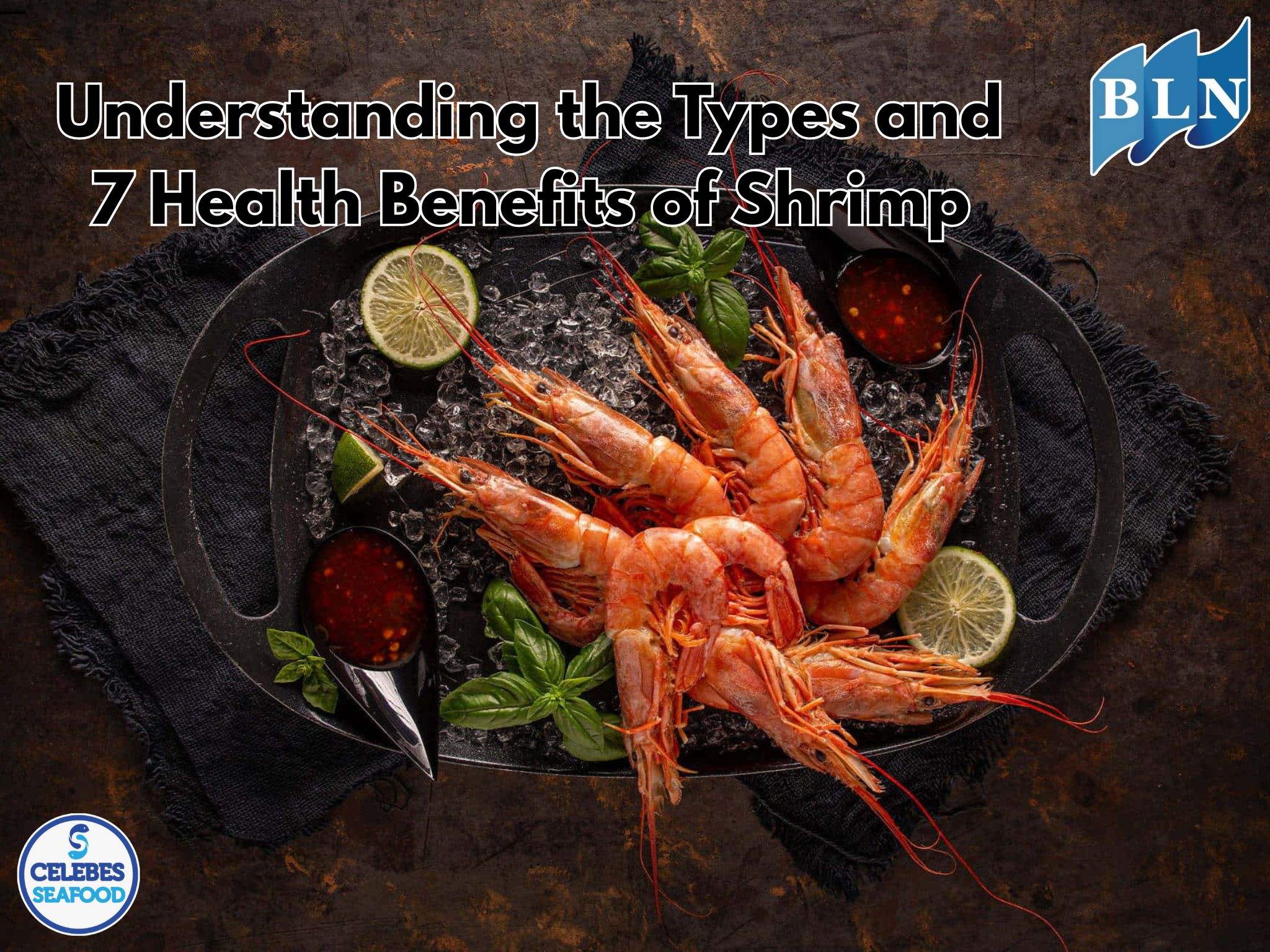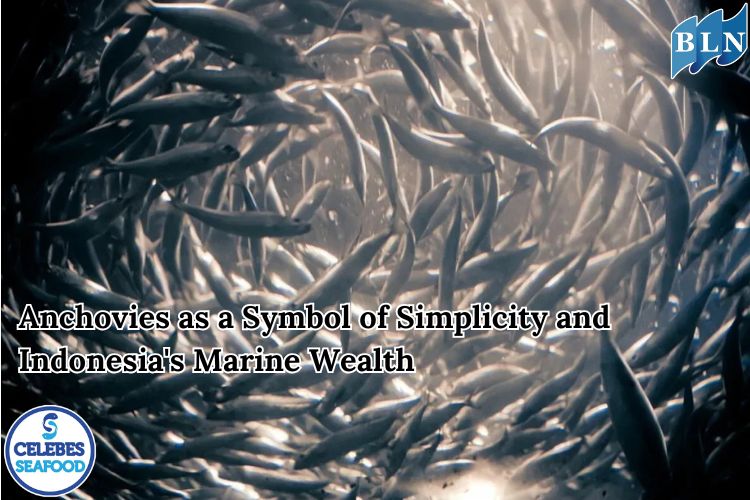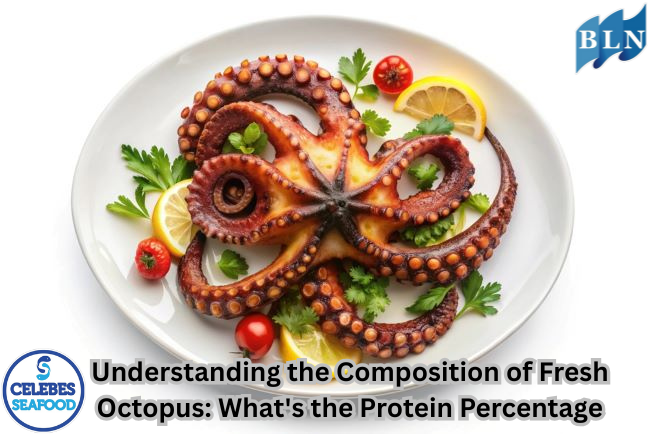Fishery Product Marketing Strategies in Indonesia and Abroad
By. Edi - 09 Aug 2025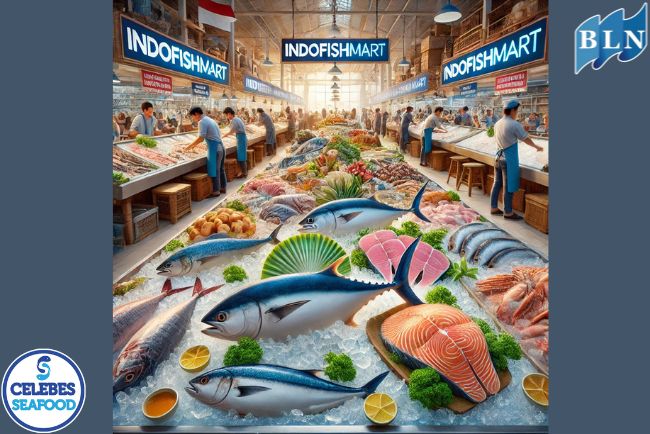
lautnusantara.com Indonesia is one of the largest maritime countries in the world with extraordinary fisheries potential. To maximize this potential, effective marketing strategies are needed, both in the domestic and international markets. The following are marketing strategies for fishery products in Indonesia and abroad.
A. Marketing in Indonesia (Domestic Market)
Domestic marketing strategies focus more on increasing fish consumption among the public, improving distribution chains, and diversifying processed products.
- Increasing Fish Consumption Awareness: Government programs such as the Movement to Promote Fish Eating (Gemarikan) need to be continuously promoted. This campaign can utilize various media, including social media, to reach a wider target audience, especially the younger generation.
- Optimizing the Distribution Chain: Most small-scale fishermen and fish farmers still rely on middlemen or intermediaries. This keeps prices at the farm level low, while prices for consumers are high. Strategies that can be implemented include:
- Establishing a fish farmer marketing network or cooperative to shorten the distribution chain.
- Utilizing digital platforms for direct sales to consumers or restaurants allows producers to gain greater added value.
- Improving logistics infrastructure, such as cold storage and refrigerated transportation, to maintain product quality from upstream to downstream.
- Diversifying Processed Products: To address oversupply during peak harvests and maintain stable prices, it is important to develop processed fishery products. For example, producing hygienically packaged fish balls, fish floss, nuggets, or pindang. These processed products also have a longer shelf life and a higher selling value.
- Utilizing Digital Marketing: Digital marketing strategies are key, especially for reaching urban consumers. This can be done through:
- Social media and content marketing to promote products, share fish recipes, and educate the public about its benefits.
- Email marketing to send promotions and the latest product information to subscribers.
- Utilizing e-commerce to sell processed fish products or fresh frozen fish.
B. Marketing Abroad (Export Market)
For international markets, marketing strategies must focus more on product quality, compliance with global standards, and strengthening the brand image of Indonesian fishery products.
- Improving Quality and Sustainability Standards: Export destination countries, particularly Europe, the United States, and Japan, have very strict quality standards. Fishery products must meet international food safety standards such as HACCP (Hazard Analysis and Critical Control Points). Furthermore, sustainability is also an important consideration, so fishing and farming practices must be environmentally friendly and traceable.
- Developing Value-Added Products: Instead of exporting only fresh fish, the focus needs to shift to processed products that have higher sales value. For example, frozen fish fillets, processed shrimp, surimi, or frozen ready-to-eat seafood. This increases competitiveness and export value.
- Diversifying Export Destination Markets: While major markets such as the US, Japan, and China remain important, Indonesia needs to expand its reach into non-traditional markets. Market potential in developing countries, such as those in Africa and the Middle East, also needs to be explored. Furthermore, cooperation through Free Trade Agreements (FTAs) can be leveraged to reduce tariff barriers.
- Brand Strengthening: Building the brand image of Indonesian fishery products in the global market is crucial. Slogans such as "Indonesia Seafood: Naturally, Diverse, Safe, and Sustainable" can be used to emphasize the superiority of fishery products in terms of naturalness, variety, safety, and sustainability.
- Promotion and Participation in International Exhibitions: The government and businesses must actively promote Indonesian fishery products through international trade exhibitions, trade missions, and global digital platforms. This is an effective way to meet potential buyers and distributors.
- Utilizing an Efficient Logistics System: Logistics infrastructure, from ports to processing facilities, must be improved to expedite the export process and ensure products arrive at their destinations in optimal condition. The National Fish Logistics System (SLIN), developed by the Ministry of Maritime Affairs and Fisheries, also aims to strengthen the export supply chain.
Overall, both in the domestic and international markets, collaboration between the government, academics, and business actors is essential to realizing a developed and globally competitive fisheries industry.
If you are interested in our Coral Trout Fillet Skin On, CORAL TROUT WGG WHOLE GILLED GUTTED, TOMATO COD WHOLE GILLED GUTTED please do not hesitate to contact us through email and/or whatsapp.
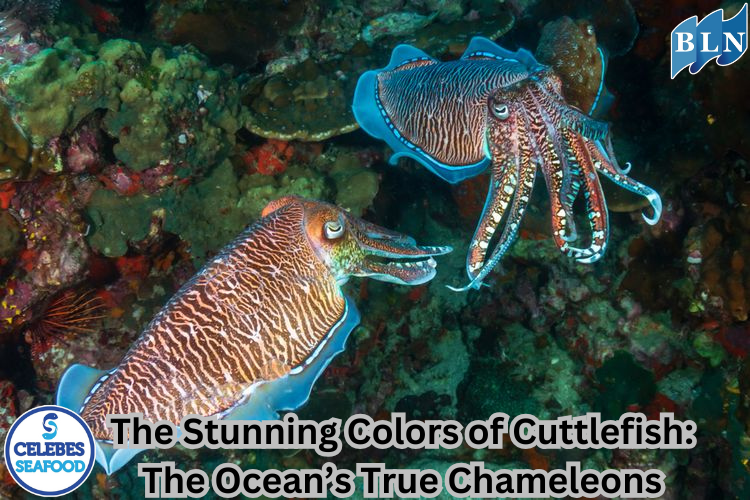
.jpg)
